1. Introduction to Pullet Battery Cage
A Pullet Battery Cage is a specialized housing system designed for raising young layer chickens—commonly called pullets—from day-old chicks to approximately 16–18 weeks of age. Pullets represent the growth phase before hens reach sexual maturity, making this a critical period for their health, uniformity, skeletal strength, and reproductive development.
Battery-style pullet cages are manufactured using multi-tier galvanized steel frames, fine wire mesh floors, automatic feeders, nipple drinkers, and manure belts, providing a controlled, hygienic, and high-density rearing environment. This system ensures that pullets:
Grow evenly
Develop appropriate body weight
Achieve the correct frame size
Transition smoothly to layer cages
Enter production at optimal condition
A well-designed Pullet Battery Cage system improves flock management efficiency, reduces mortality, and enhances long-term laying performance—making it essential equipment for modern layer farms.
2. Technical Specifications of a Pullet Battery Cage System
Specifications vary between manufacturers, but below are commonly adopted parameters for commercial poultry operations.
2.1 Cage Dimensions
Length per cage | 1200–1440 mm |
Depth per cage | 500–600 mm |
Height per cage | 380–420 mm |
Number of tiers | 3–4 tiers (optional 5 tiers) |
Number of doors | 2–3 per cage |
Mesh floor wire | 2.0–2.5 mm |
Front/side mesh wire | 2.0–3.0 mm |
2.2 Bird Capacity
0–6 weeks (chicks) | 40–60 birds | 160–240 |
6–12 weeks | 24–30 birds | 96–120 |
12–16 weeks | 20–24 birds | 80–96 |
2.3 Material & Coating
Q235 high-strength galvanized steel
Hot-dip galvanized finish (275–350 g/m² zinc)
Optional heavy zinc coating (500–600 g/m²) for corrosive climates
Stainless steel nipple drinkers
Polypropylene feeders and end caps
2.4 Feeding System
Chain feeding line or centralized hopper feed line
Adjustable feed trough height
Feed agitators for uniform distribution
Anti-feed-waste edge design
2.5 Watering System
2.6 Manure Removal System
High-quality PP manure belts (1.0–1.2 mm thick)
Belt scraper or brush system
Optional manure drying fans
Independent belt drive motors
2.7 Lighting System
Energy-efficient LED dimmable lights
Uniform lighting across tiers
Control system compatible with programmable light regimes
3. Key Features of the Pullet Battery Cage
3.1 Multi-Tier High Density Housing
The battery-style stacking design maximizes vertical space and increases flock capacity without expanding building size.
3.2 Optimized Growth and Uniformity
Equal access to feed and water
Balanced pressure across flock
Encourages consistent body weight curves
3.3 Anti-Slip and Comfortable Mesh Floor
Smaller mesh holes for chicks
Anti-slip design prevents leg injuries
Excellent manure drop-through
3.4 Automated Feeding and Watering
Automation reduces labor and ensures pullets always have fresh feed and clean water.
3.5 Hygienic Waste Removal System
3.6 Durable and Corrosion-Resistant Materials
Hot-dip galvanized steel ensures longevity even in environments with high humidity or ammonia.
3.7 Modular Design for Easy Expansion
Farmers can add more tiers or rows as their operations grow.
3.8 Enclosed, Biosecure Environment
4. Advantages of Pullet Battery Cage Systems
4.1 Better Body Weight Control
Uniform weight ensures pullets meet the ideal growth curve recommended by genetics companies.
4.2 Reduced Mortality and Disease Risk
4.3 Lower Feed Waste and Better FCR
Feed trough design and controlled feeding reduce spillage and improve conversion.
4.4 Lower Labor Cost
Automation significantly reduces the need for manual feeding, watering, and manure removal.
4.5 Smooth Transition to Layer Cages
Pullets trained in battery cages adapt better to layer cages, leading to:
4.6 Efficient Manure Handling
Frequent manure removal prevents accumulation and reduces fly pressure.
4.7 Better Climate Management
Compatible with modern ventilation and cooling systems.
5. Application Scenarios
5.1 Commercial Layer Production Farms
Ideal for large-scale pullet rearing before transferring to layer houses.
5.2 Breeding Companies
Uniform pullets are essential in breeder operations to ensure consistent genetic expression.
5.3 Cage-Type Closed Poultry Sheds
Battery cages integrate well with closed-house ventilation systems.
5.4 Hot or Humid Weather Regions
Reduced floor contact improves comfort and lowers heat stress.
5.5 Multi-Age Poultry Operations
Battery cages allow precise segregation of age groups for biosecurity.
6. Operating Instructions for Pullet Battery Cage
6.1 House Preparation
Clean and disinfect the building thoroughly.
Ensure temperature and humidity are in range:
Install feeding, watering, lighting, and manure systems.
Pre-heat the house before chick arrival.
6.2 Chick Placement (0–6 Weeks)
Paper or mats can be placed on cage floors initially.
Adjust nipple height to chick eye level.
Maintain high humidity for the first week (60–70%).
Increase ventilation gradually after week 2.
6.3 Pullet Growing Phase (6–16 Weeks)
Feeding:
Watering:
Lighting:
Climate Control:
Manure Removal:
7. Maintenance Guidelines
7.1 Daily Checks
Feed distribution uniformity
Nipple drinker functionality
Cage structural integrity
Light intensity consistency
7.2 Weekly Checks
Belt alignment and scraper efficiency
Water pressure and filtration
Fan and ventilation functions
7.3 End-of-Flock Maintenance
8. How to Choose the Right Pullet Battery Cage
8.1 Based on Flock Size
Calculate the total number of birds per building and select tier rows accordingly.
8.2 Based on Automation Level
Options include:
8.3 Based on Climate
For hot climates, choose:
Extra ventilation
Deeper manure drying
Heat-resistant materials
8.4 Based on Durability Requirements
Choose hot-dip galvanized systems for long-term commercial operations.
8.5 Based on Budget
High-end pullet battery cages offer:
Longer lifespan
Better uniformity
Higher ROI
9. Frequently Asked Questions (FAQ)
Q1: What age should pullets enter the battery cage?
Day-old chicks can be placed directly into the cage with brooding support.
Q2: When should pullets be transferred to layer cages?
Typically at 16–18 weeks when they reach sexual maturity.
Q3: How often should manure be removed?
Every 1–3 days depending on flock density and humidity.
Q4: What lighting schedule is recommended?
Decrease from 20 hours (week 1) to 8–10 hours (week 6–16).
Q5: Do pullet battery cages require heating?
Yes, especially during brooding. Proper temperature reduces early mortality.
Q6: Is the system suitable for hot climates?
Yes—especially when paired with tunnel ventilation or cooling pads.
Q7: What is the lifespan of a pullet battery cage system?
Hot-dip galvanized systems typically last 10–20 years.
Q8: How many birds can each cage house?
Between 24–60 birds depending on age and stage.
10. Conclusion
A Pullet Battery Cage is one of the most efficient rearing systems for young layer chickens, enabling uniform growth, reducing mortality, and preparing birds for optimal egg production. With its automated feeding, watering, and manure removal features, it improves farm management efficiency and reduces operating costs.
Company Profile
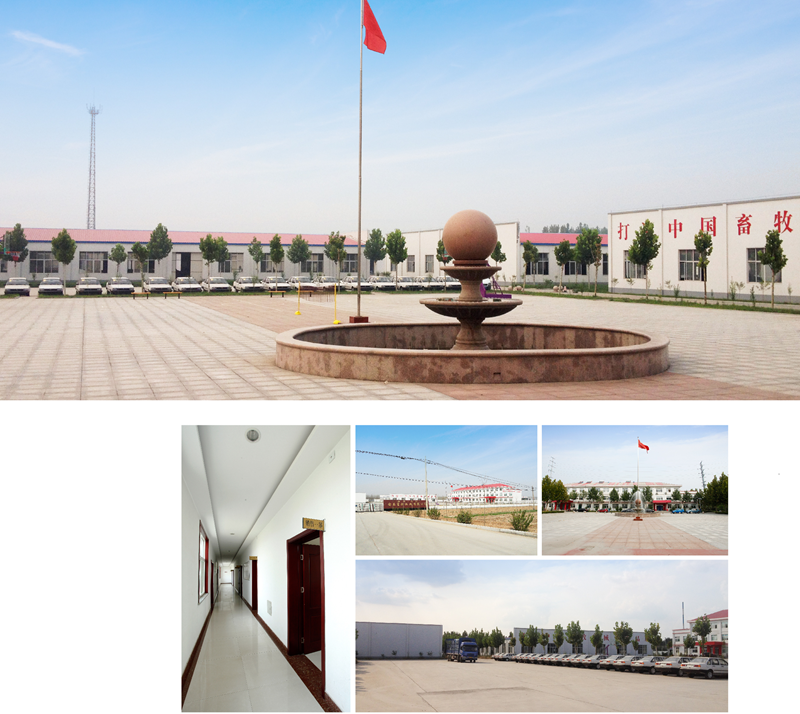
Shandong Huimin Qinle Livestock Machinery Co., Ltd. (formerly Shandong Huimin Qinle Livestock Machinery Factory) is a professional poultry equipment manufacturer with over 20 years of experience. We offer a comprehensive service package, from design (land and chicken coops), production (equipment and prefabricated steel coops), installation, commissioning, customer training, and after-sales service.
Located in Huimin County, Binzhou City, Shandong Province, China, the company has extensive experience in mechanical processing and manufacturing, as well as livestock machinery production and operation. With fixed assets of RMB 15 million, the company employs 160 people, including 30 R&D staff, and occupies a 40,000-square-meter factory. Equipped with over 110 pieces of advanced precision production equipment, including CNC machining centers and laser cutting machines, the company boasts a production capacity of RMB 50 million.
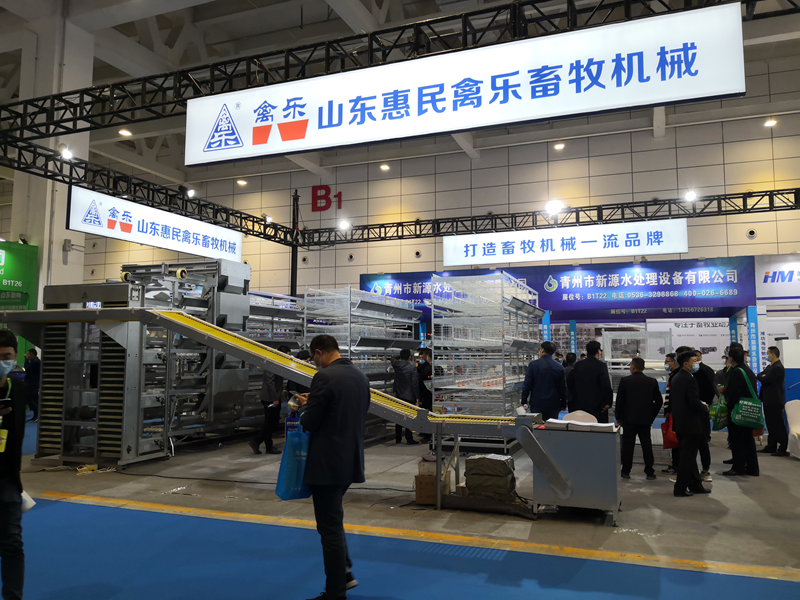


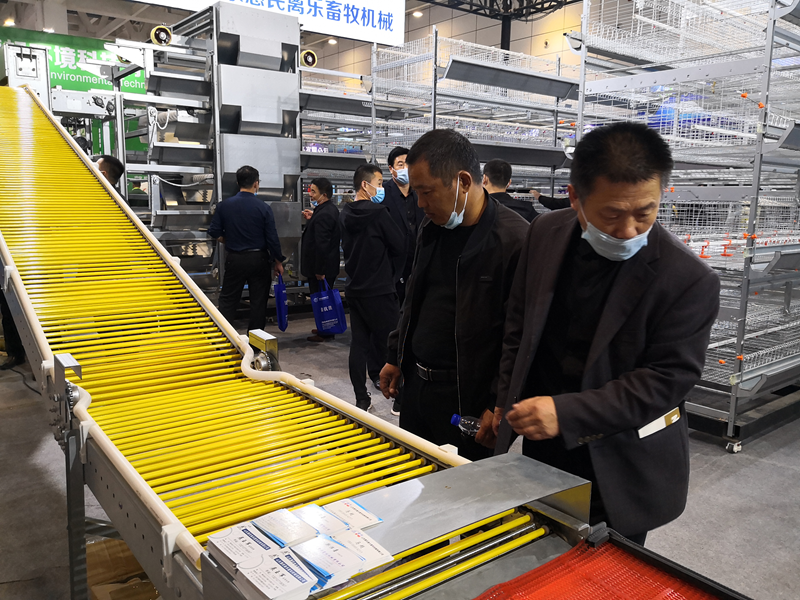
Chicken Farming Equipment Mesh Production Workshop

Machining Workshop

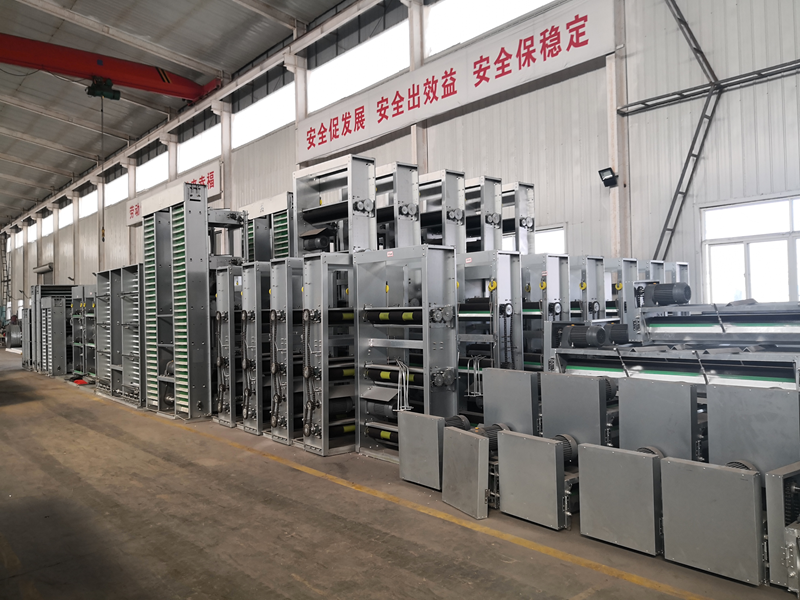
Turret-type CNC Punch Press, Laser Cutting and Other Machining Equipment



Fully Automated Roll Forming Production Line

Hot-dip Galvanizing Production Line

Electroplating Production Line

Environmental Protection Equipment

Chicken Farming Equipment Product Series
Egg-laying Hen Farming Equipment
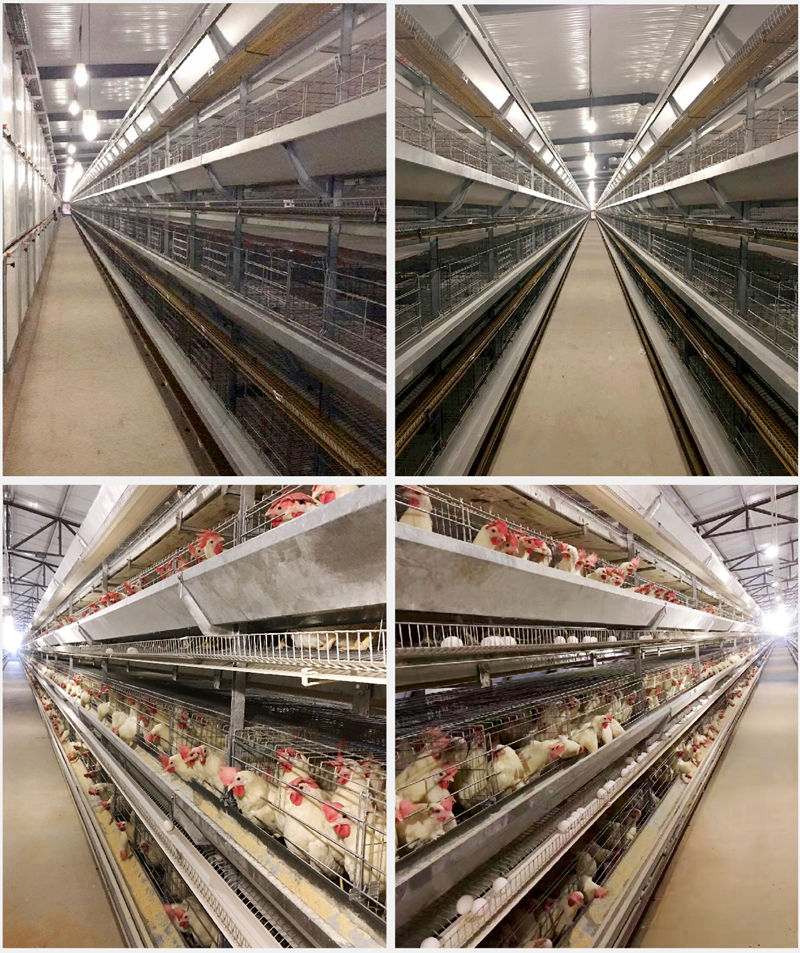
Stacked Brooding Cage Equipment

Stacked Broiler Cage Equipment
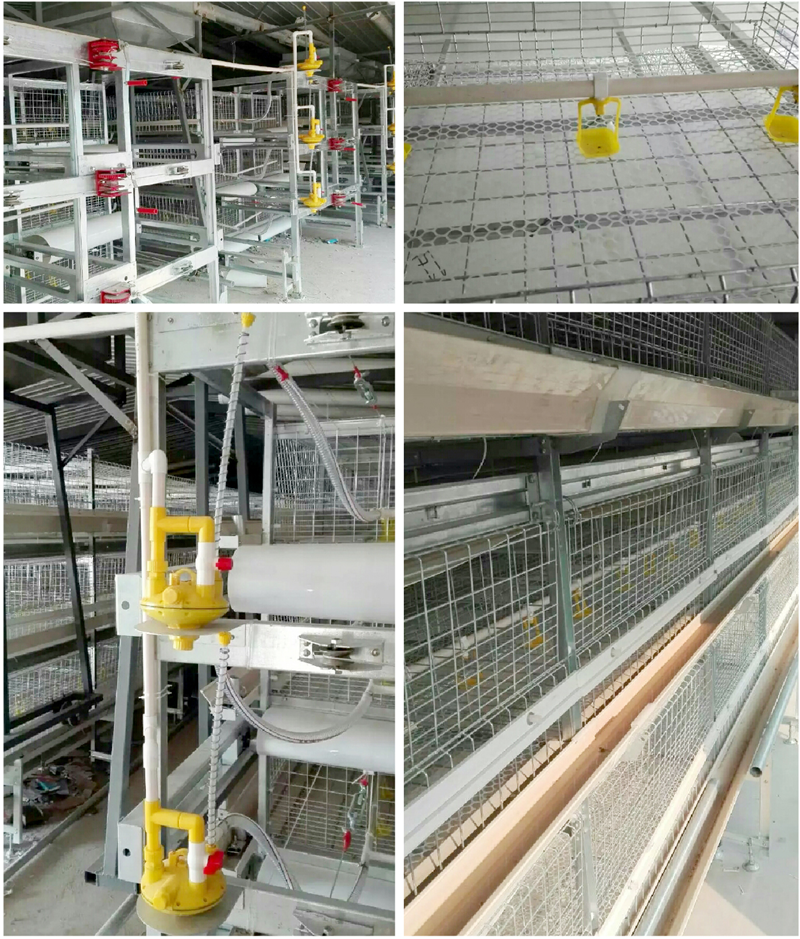
Stepped Layer Hen Cage Rearing Equipment
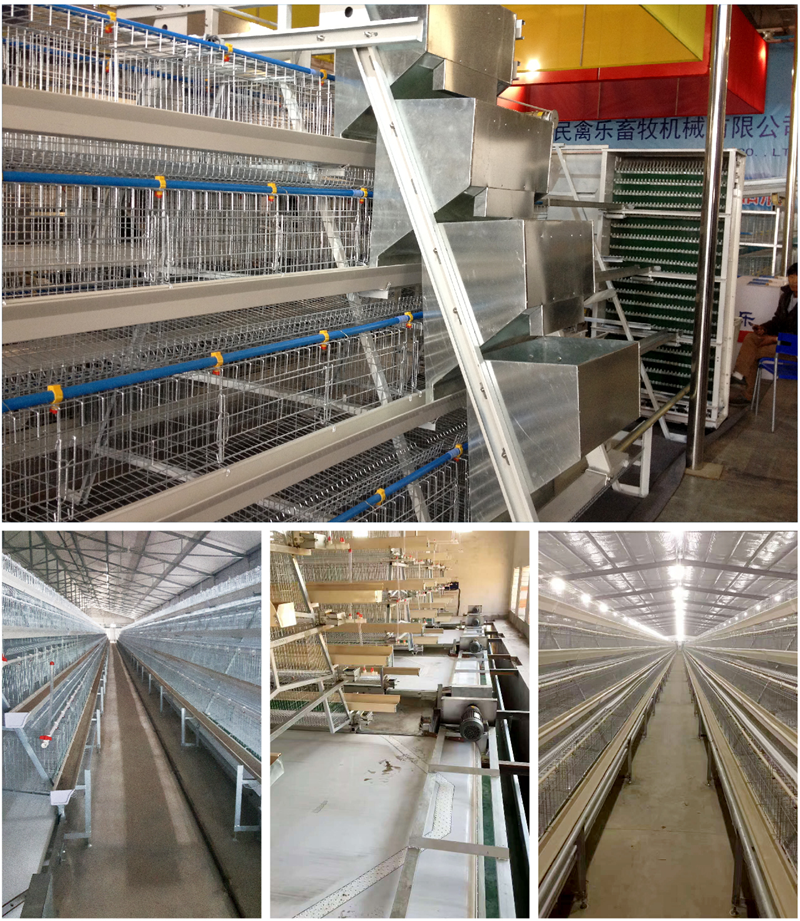
Automatic Egg Collection System

H-type Cage Feeding Machine
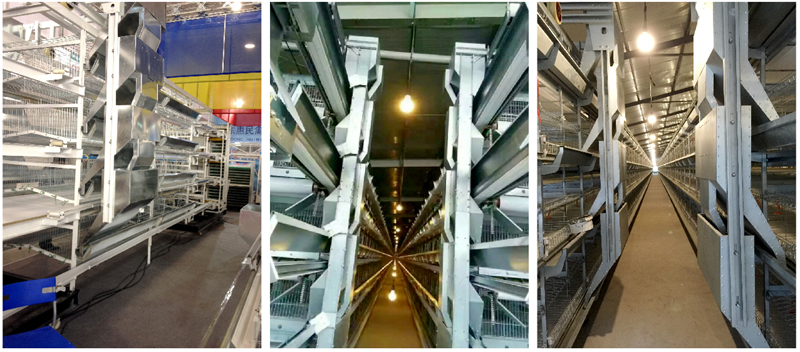
Stepped Cage Straddle Feeder
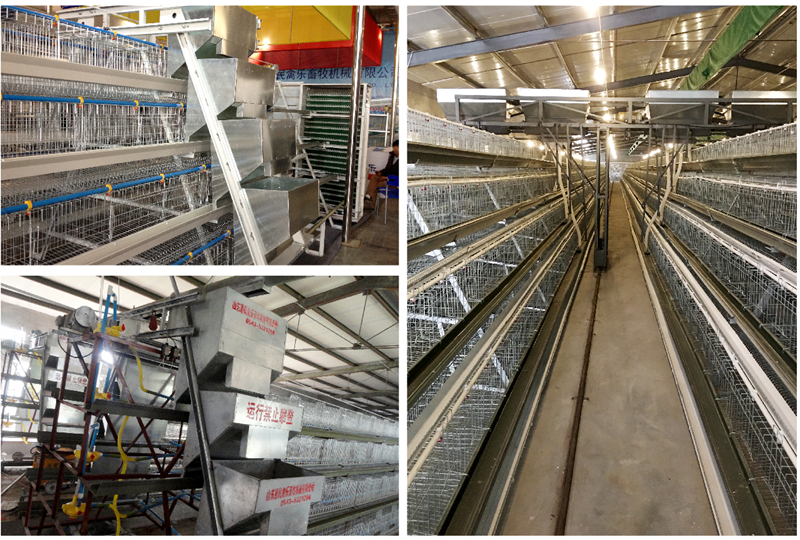
Manure Removal Machine

Fans, Heated Curtains, Environmental Control Systems, and Lighting Equipment
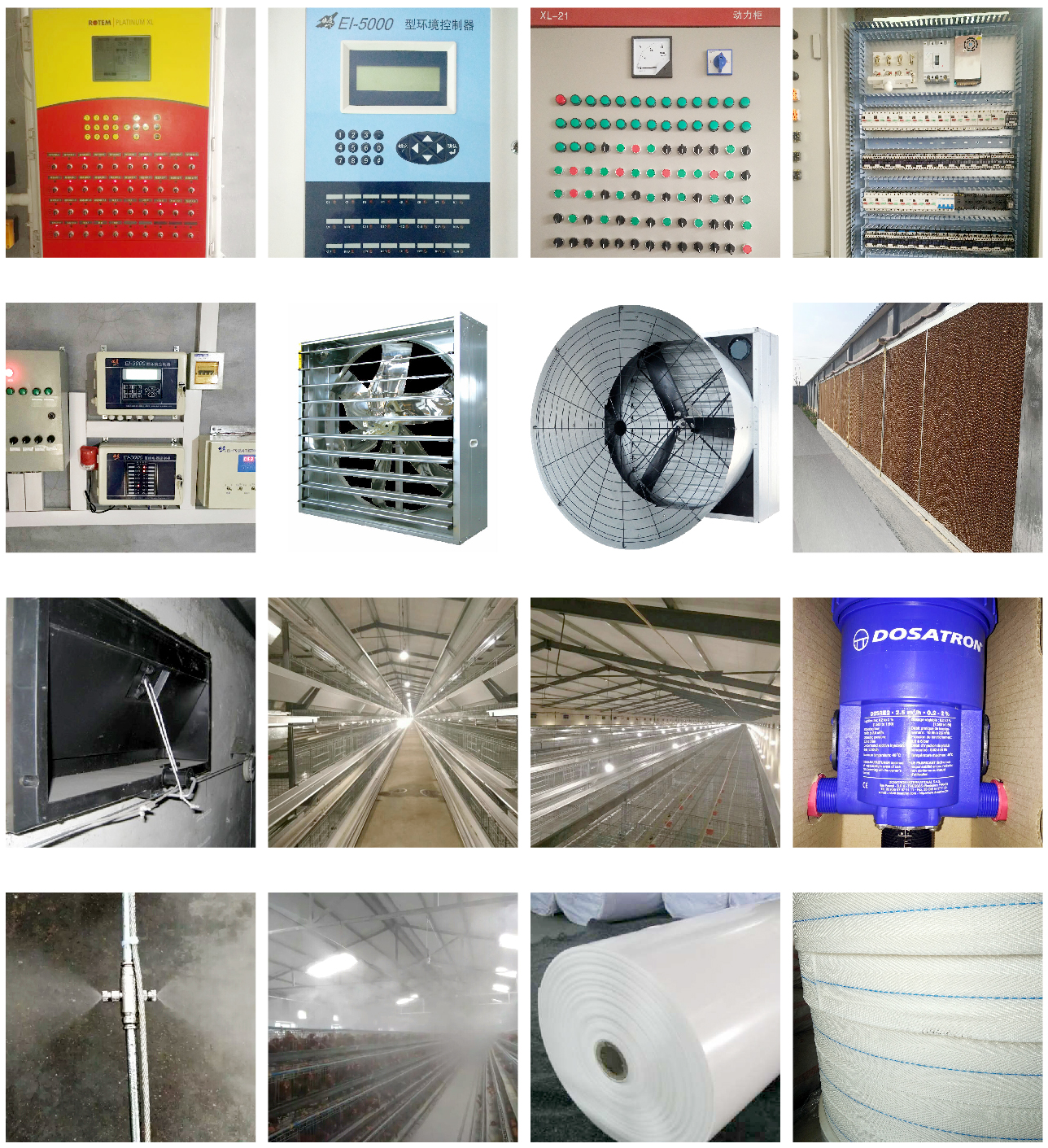
Complete Set of Equipment for Organic Fermentation Treatment of Manure


 Catalogue
Catalogue































 Whatsapp
Whatsapp Telefon
Telefon